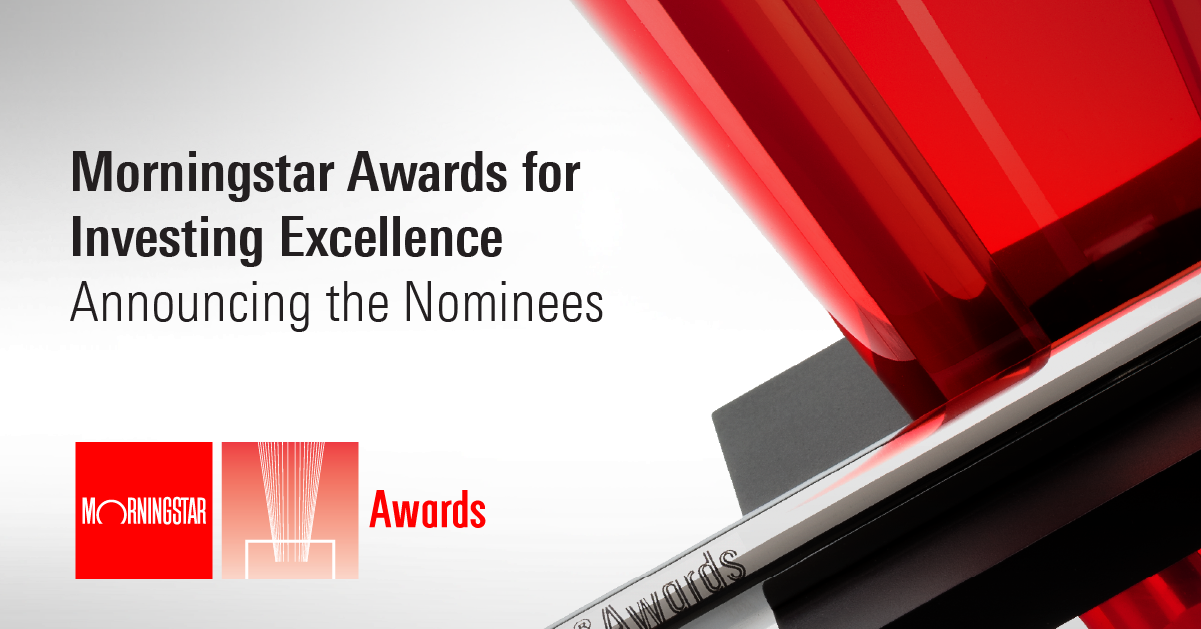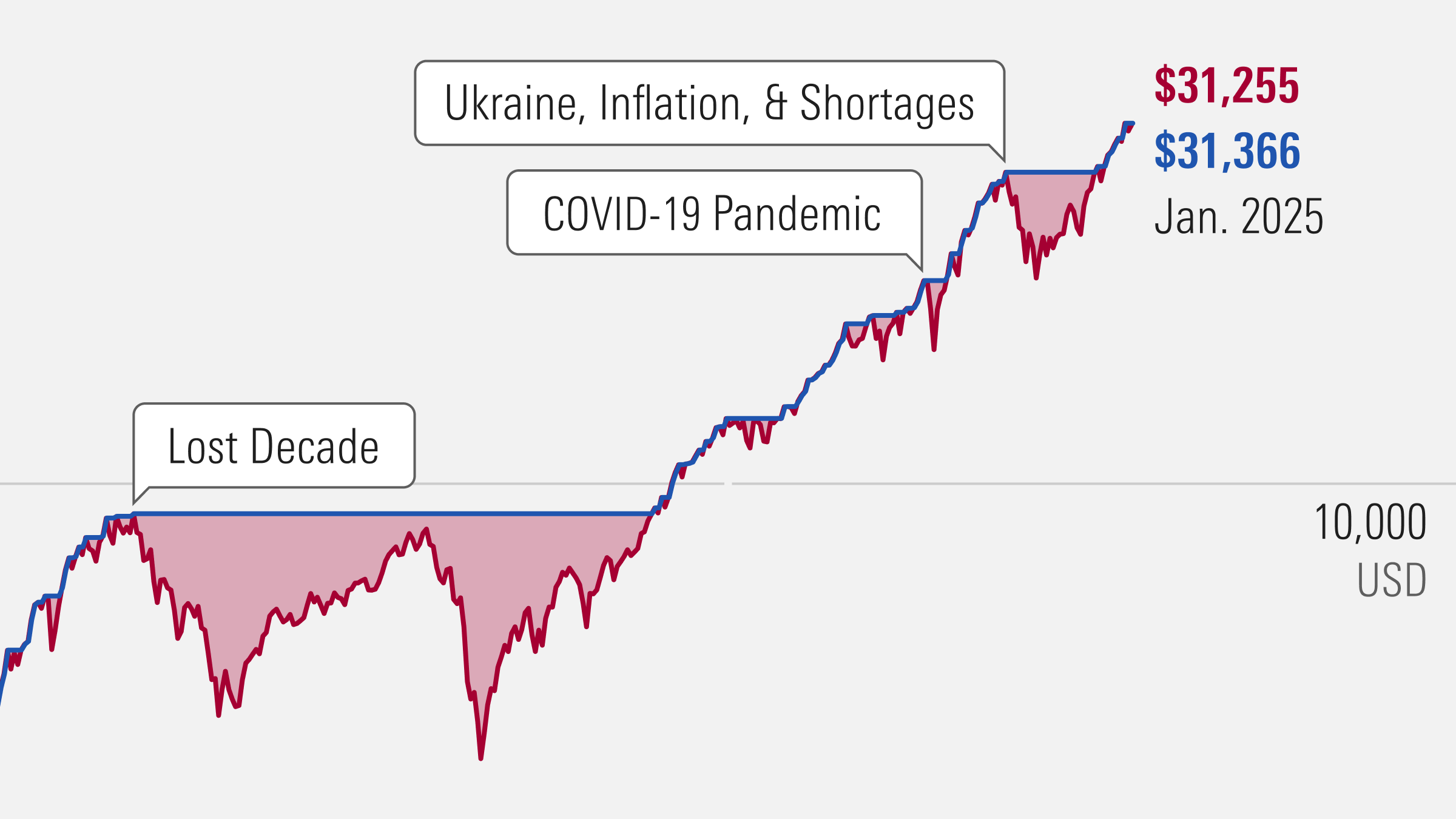This article is part of Morningstar’s Guide to Investment Trusts, highlighting the benefits of these unique investment vehicles – busting the investment trust jargon, revealing potential pitfalls and celebrating those experienced managers who have earned the top ranking from Morningstar fund analysts.
Emma Wall: Hello and welcome to the Morningstar Series 'Ask the Expert'. I'm Emma Wall and here with me today is Ben Yearsley, Head of Investment Research for Charles Stanley. Hello Ben.
Ben Yearsley: Hi.
Wall: So it's our Investment Trust Week this week and we are here to talk about VCTs. What is a VCT?
Yearsley: A VCT is a form of investment company that quite simply invests in some of the smallest companies in the U.K. up to £10 million, £12 million, £15 million in size. Mostly unquoted or they could be on the AIM market. But the idea here is to invest in these companies help them mature and grow over five, six, seven years and then sell them and then reinvest the proceeds in more.
Wall: What exactly is the benefit to the investors who have invested in a VCT?
Yearsley: I shouldn’t talk about the tax benefits first, but I will. The tax benefits are one of the major benefits you get up from tax relief of 30%. So put your £10,000 in you get £3,000 knocked off your tax bill. You get tax free dividends and tax free growth. Tax free growth largely irrelevant because most of the profits are paid out as tax free dividends so you'll get a regular stream of tax free dividends every six months when you are investing in VCTs.
Wall: We've seen some tax efficient investment vehicles come under the cross from both the media and indeed HMRC. Are VCTs protected should we be worried that the next government is going to pull them from us?
Yearsley: There is always that danger, but they are quite small. Last year about £425 million was raised. So you are only talking a tax rebate of around about £130 million per tax year. The difference with VCTs compared to lot of these other schemes that get the press and get all the weekend press is these are proper schemes that are actually investing in proper companies.
A lot of the other products are, I wouldn’t say tax dodges because that’s unfair, but certainly ways to mitigate tax without actually making any real investments. VCTs have to invest in proper companies, they employee people look and do things and might make things, but they have to do things.
Wall: And we talked about the benefits. The benefits to the companies or obvious they are getting seed funding at a time when they need it when perhaps especially at the moment banks wouldn’t step in. With investing with smaller companies there is more likely to be exponential growth. But there are also the risks, because smaller companies are more likely to fail.
Yearsley: I think you could get in context what VCTs are, lot of people think that they are these really, really micro companies five employees, 10 employees that’s actually quite rare. That’s more than might have been intended to be in the first place back when they had set up in 1995. But actually most of these businesses might have 50 employees or 100 employees.
Most tend to be profitable and so the risk is probably different to what you actually perceive it to be and that they are profitable growing, are you going to get the exponential growth. You know very rarely do you get 10 or 15 times returns.
It happens, and the last four or five years you probably had one or two in the industry with double digit returns from that point of view. But most of them two, three, four times your money.
In terms of the underlying investments that is what the managers tend to aim for and that’s the norm; two times your money over three or four years, brilliant. Four times, superb, yield 10 times your return is few and far between but they add a nice tax-free dividend when it actually happens.
Wall: So what are the risks then?
Yearsley: Well the risk is quite clear – the underlying companies go bust. But of course a VCT will have 25 or 30 investments in it, if not more, some perhaps 90 I mean they get short into proper funds for want of a better word now. So risks of the companies go bust.
Illiquidity risk – you've got to invest for at least five years as a minimum, if you sell before you have to pay the tax back. Then when you come to sell it, you might or might not be able to sell at a big discount to NAV.
Again VCTs have improved this over the last four or five years, and now most trade on a nice narrow discount. But if you are selling a lot of shares in that you test the limit quite easily of how many they can actually deal with. So illiquidity is the main risk, followed by the underlying companies going bust.
Wall: You talked there about the fact that they have been around since 1995. Some VCTs have actually matured quite nicely and people ended up holding them beyond the point that they need to because of the dividends.
Yearsley: That’s the ideal thing about them you get the stream of dividends most of the general VCTs where they haven’t got any sector focus will pay dividends of 5p or 6p a year so 5% or 6% a year almost infinite.
And that’s what they have become very good at compared to 10 years ago when dividends were more sporadic. Now it's very rare when one of the top quality VCTs doesn’t pay you this 5p a year whilst at least maintaining the capital value as well. So that’s why people stay in, they look at the dividend stream and go thank you very much I'll take that.
Especially when your net cost was only 70% of that price so you just start grossing up the dividends effectively your dividend was 7% or 8%, 9% in some cases.
Wall: Before we get too excited though we should just say, because they are smaller companies, because of the illiquidity factor of having to keep your money for five years. These are not core holdings, these are for part of a portfolio which is already well diversified, as a peripheral holding.
Yearsley: I always look at it and think you should have at least an investment portfolio of at least £100,000 if not more, because the minimum investment for VCT is generally £5,000 to £10,000 and you would like a spread of those as well. You are probably need four or five VCTs so you need to be able to invest at least £25,000 to get these spreads.
So you probably need an investment portfolio of £200,000. You wouldn’t put more than 10% into VCTs as they are illiquid, they are high risk you aren’t tying your money up. So those are sort of numbers you should be looking at.
Wall: Ben, thank you very much.
Yearsley: Thank you.
Wall: This is Emma Wall from Morningstar. Thank you for watching.





























